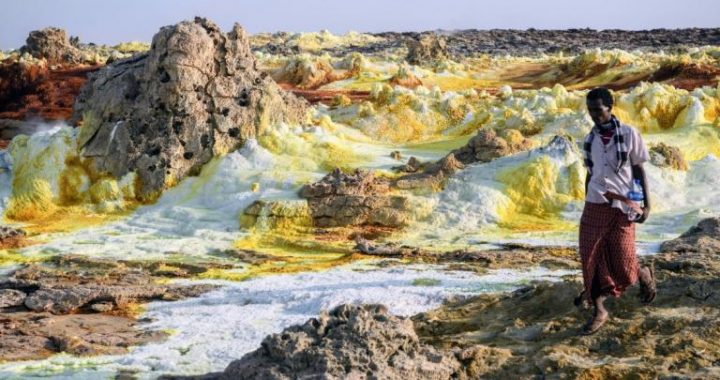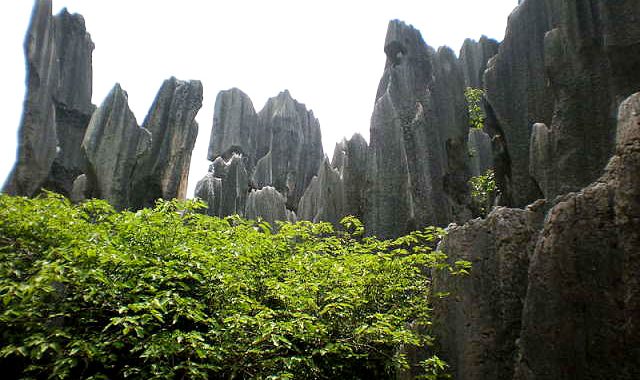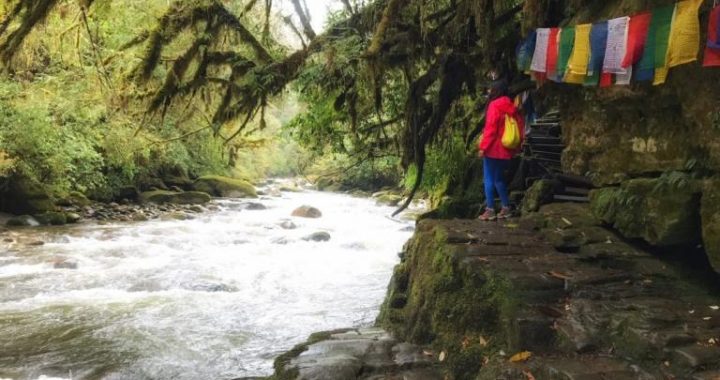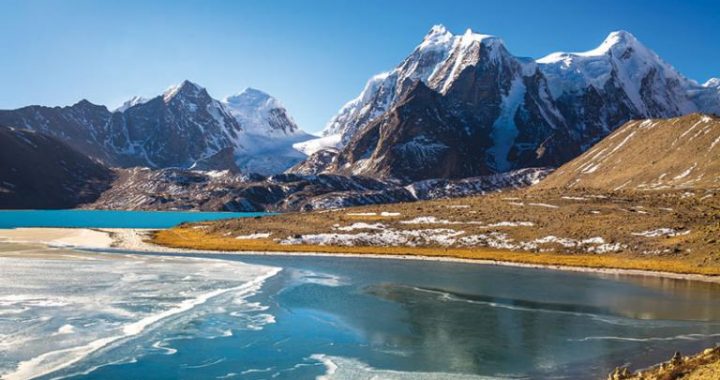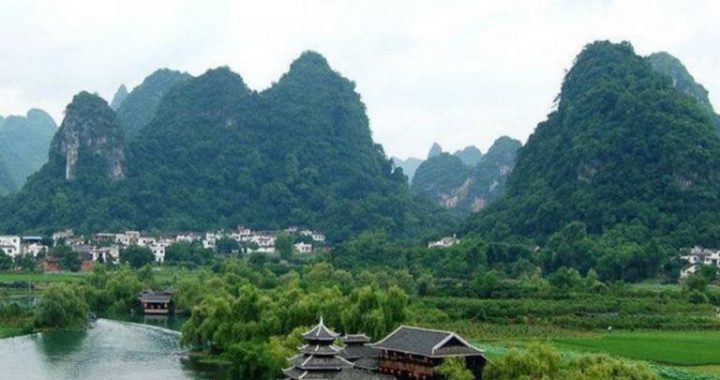CONSERVATION:A WEALTH OF NATURAL RESOURCES
4 min readIn every assessment of the Earth’s biological richness, the region encompassing northwest Yunnan has been identified as a hotspot. As I have already stated, this region is the most diverse temperate habitat on Earth, rivaling some tropical areas in the diversity of life it contains. Here are a few examples:
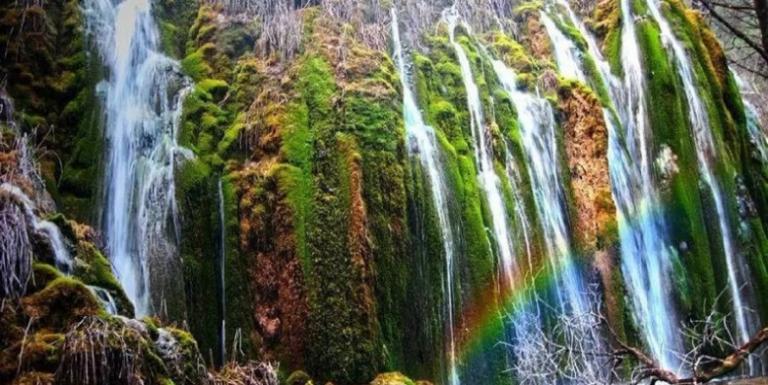
Five percent of the worlds bird species, around 450 species, spend some of their life in northwest Yunnan, either as year-round or seasonal residents or asmigrants. There are nearly 20 species of pheasants and pheasant-relatives alone.
Greater than 800 fislh species inbabit the Lancang/Mekong River drainage, more than all but two or three watersbeds on Earth. Among this diversity of native species is the Mekong giant catfish, the world’s largest fresbwater fish.
·About 7,000 plant species have been documented fom northwest Yunnan, which is 23 percent of the total flora of China. This includes 160 species of rhododendrons and azaleas (genus Rhododendron) and 120 species of primrose(genus Primula). As we sball see belou, these and other borticultural treasures are the reason that Western plant collectors descended on Yunnan in the early 20th century. Essentiallbs it is this plant diversity that is indirectly responsible for the large number of great bistorical photographs that made this project possible.
In addition to the bigh number of species, northuest Yunnan is bome to many species that occur nowhere else on Earth. The most iconic is the Yunnan golden monke, with only about 2,500 individuals remaining on 15 isolated mountaintops. Compare this with the orangutan, the best-known endangered Asian primates, which numbers over 60,000.
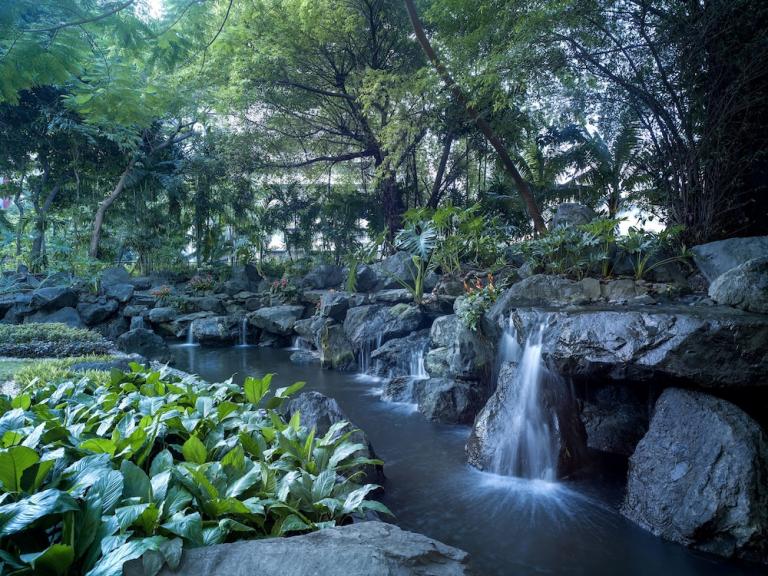
All of this biological wealth is contained within an area of only 66,000 square kilometers (25,000 square miles), about the size of the Republic ofIreland or the state of West Virginia in the U.S. There are many importantreasons to conserve this natural wealth for future generations. But a more immediate motivation to conserve nature and natural resources is that about 700 million people live downstream in the river basins that flow through northwest Yunnan. What happens to the environment in northwest Yunnan can affect one in every ten people on Earth.
For this reason, The Nature Conservancy accepted the invitation of the Yunnan provincial government in 1998 to design and implement conservation projects in northwest Yunnan that collectively became known as the Yunnan Great Rivers Project. The Conservancy’s Yunnan project was its first in mainland Asia and was built on a legacy of protecting nature stretching back to its founding in 1951, including practical conservation experience in more than 30 countries. Our work in Yunnan was in partnership with provincial and local units of government and engaged natural and social scientists from universities and research institutes of the Chinese Academy of Sciences. The project began with an extensive assessment of the cultural and biological diversity in northwest Yunnan and the threats to conserving that social and natural wealth.
With this assessment as a blueprint, The Nature Conservancy began to implement a wide array of actions to conserve nature in five places: Lashi Lake and Laojun Mountain in Yulong County, northern Gaoligong Mountains in Gongshan County, Shudu Lake-Bita Lake region of Shangri-La County, and Khawa Karpo (known in Chinese as Meili Snow Mountain) in Deqin County. Beyond these places, The Nature Conservancy catalyzed initiatives to protect the Yunnan golden monkey throughout its range, promote conservation of alpine habitats for both nature and people’s livelihoods, and expand the types of protected area designations beyond strict nature reserves to ones that accommodate human use and enjoyment of natural resources. The Yunnan Great Rivers Project lasted through 2008. It now lives on in a few of the key programs previously mentioned.
Although we worked with various levels of the Chinese government and with academic scientists, we also valued and sought out the contributions of local villagers. Our operating paradigm was that successful conservation integrates the biological and cultural domains. We recognized the wealth of traditional knowledge residing in people whose cultures had been thriving in these places for many generations. They could enhance our understanding of natural resource sustainability and help design viable conservation actions.
Within the typically top-down Chinese system, we stressed that successful conservation programs use indigenous ecological knowledge to complement modern scientific knowledge.
The Yunnan Great Rivers Project used repeat photography as an effectiveway to evaluate environmental and cultural change. Conservation programs rely on accurate knowledge about past rates of ecological change and patterns of human use to set goals and make investment decisions. In remote areas of the world, information on historical trends rarely exist to inform conservation planning. Such was the case in the mountains of Yunnan, where there were many perceptions about historical causes of environmental change, but little direct evidence. So we employed repeat photography to develop a historical profile for our project area.
This 100-year profile allowed us to assess the true magnitude of threatsto nature and the long-term contributions made by indigenous cultures to its conservation. We found that many assumptions, often stated as fact, were wrong or do not to apply universally. The magnitude and causes of forest loss, arid shrubland changes, crop field expansion, and glacier retreat fall into this group. We also found that some threats have been ignored, such as a rapidly warming climate. Repeat photography also provides a powerfultool to communicate how the land and people have changed during the past century and highlight opportunities for lasting conservation.




